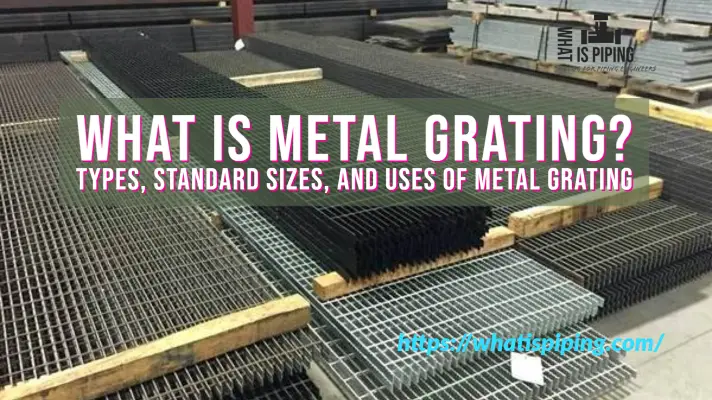Mill tolerance, also known as mill thickness tolerance or mill tolerance range, refers to the allowable deviation or variation in the dimensions or thickness of a manufactured product. It is commonly used in the manufacturing and engineering industries, particularly in the production of metal or steel products. Mill tolerance is also sometimes known as manufacturing tolerance.
When metal sheets, plates, or pipes are produced, they go through various processes such as rolling, cutting, and finishing. These processes can introduce small variations in the thickness or dimensions of the final product. Mill tolerance defines the acceptable range within which these variations are considered acceptable.
Significance of Mill Tolerance
For example, if a metal sheet is specified to have a thickness of 5 millimeters with a mill tolerance of +/- 0.1 millimeters, it means that the acceptable thickness of the sheet can range from 4.9 to 5.1 millimeters. Any thickness within this range would be considered within the mill tolerance.
Where to Find Mill Tolerance Values
Mill tolerance is typically specified by industry standards (ASTM or other material standards) and depends on the specific manufacturing process, material, and product requirements. It ensures that the manufactured products meet the desired specifications while accounting for the inherent variability in the manufacturing process.
Mill Tolerance for Pipes
As stated above, mill tolerance is dependent on the manufacturing process. Steel pipes are usually produced by two methods. Seamless pipes by piercing a billet while welded pipes by joining steel plates/strips.
The value of mill tolerance is specified in the respective ASTM standards. For example, Clause 16.3 of ASTM A106 states that “The minimum wall thickness at any point shall not be more than 12.5 % under the specified wall thickness”. For this specific example, it is quite clear that the mill tolerance for A 106 seamless pipes is -12.5%.
Impact of Mill Tolerance as per ASME B31.3
ASME B31.3 informs piping designers and engineers to consider the impact of mill or manufacturing tolerance while calculating pipe wall thickness for a defined pressure. Again for sustained stress calculation, the manufacturing tolerance amount is deducted from the actual pipe thickness to calculate the sustained stress. So, from the ASME B31.3 piping code viewpoint, the mill tolerance can significantly impact the stress calculation results.
Types of Mill Tolerance
There are two types of mill tolerance; Positive Mill Tolerance and Negative Mill Tolerance. Mill tolerance can be provided in % of thickness value or directly in mm or inches. In general, pipe mill tolerance for seamless pipes is provided as % of the thickness (usually -12.5%, negative mill tolerance), whereas welded pipes are given in direct thickness value in mm or inches (usually 0.3 mm, positive mill tolerance)









hi good morning
this is satish we are calculating weld pipe wall thickness,
p-7.84mpa
D-2300MM
Grade -X65
please advise
X65 is usually used in pipelines. In pipeline wall thickness calculation, mill tolerance is not used.
Hi Sir, Can you please provide PDF regarding On which service which pipe need to be selected. Detail regarding services.